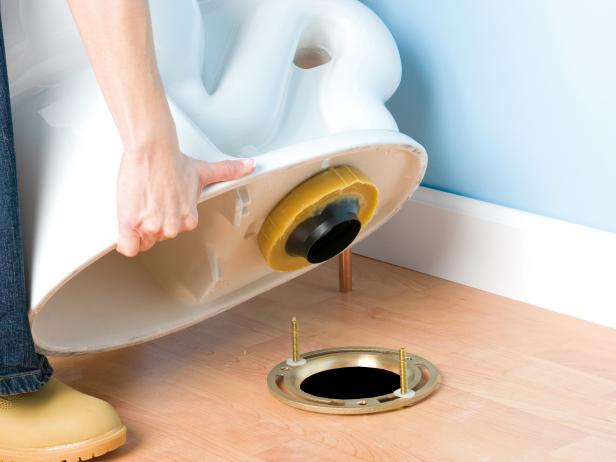
Replacing or repairing a toilet looks like a tough task, but it is not that hard, and replacing a toilet is a job that many homeowners can tackle. But there are still a few things you want to watch out for. It takes a bit of muscle and some care but is a very straightforward project.
First, ensure that all water supply to the toilet is turned off. In many homes, this can be as simple as closing the valve that controls the supply to the toilet. But some homes will require that you turn off the water main for the whole house. There is seldom a valve for the bathroom as a whole.
Empty as much water from the existing toilet as possible. Some of that may be as easy as flushing well while ensuring that no new water feeds into the toilet. Even after that, some baling will be required. You could skip this step, but that carries a few risks.
Water weighs about 8 lbs per gallon. Storing a few gallons means that the toilet will be about 25 lbs heavier with water than without. Also, it’s very easy to splash water out as you lift and carry the old one away. Considering that the water usually contains mold and other contaminants, that’s not something you want to spill onto the carpet on your way out. Any cracks that prompted the replacement can easily widen and leak water out, too.
Remove the hose that is attached to the toilet. Then remove the caps covering the restraining nuts at the base on each side of the toilet. Remove the nuts and set them aside. If necessary scrape off any caulking that was applied around the perimeter of the floor.
The old toilet will be a little difficult to remove, in most cases. They’re usually installed onto a sealant that, while not strictly speaking glue, does stiffen and provide resistance. It helps to have assistance. Lift the toilet straight up with a quick tug to break the seal and counteract any small vacuum effect.
Once the old toilet is out of the way, clean out the pipe of any collected mold or grime. Clean off any old wax paper and/or sealant from around the floor where the toilet stood. It’s important to start with clean, flat, smooth surfaces for a good seal and a level toilet.
Now, most of the hard part is done.
Many new toilet installations are done with a kind of thick wax paper that lays onto the floor around the hole the toilet will fit over. Some people still use a specially-made grease sealant. Either works well. Rubber mats are generally not a good choice, since they will often warp over time from pressure and temperature changes.
Now place the new toilet carefully onto the floor, lowering it over the bolts that thread through the holes in the base. This step is critical. You want to come straight down and eliminate any need to move the toilet horizontally after it’s on the floor. That can tear the wax paper or move sealant aside, opening a hole.
Then just reconnect the hose, open the water valve, and test before securing the nuts onto the bolts. Voila!
